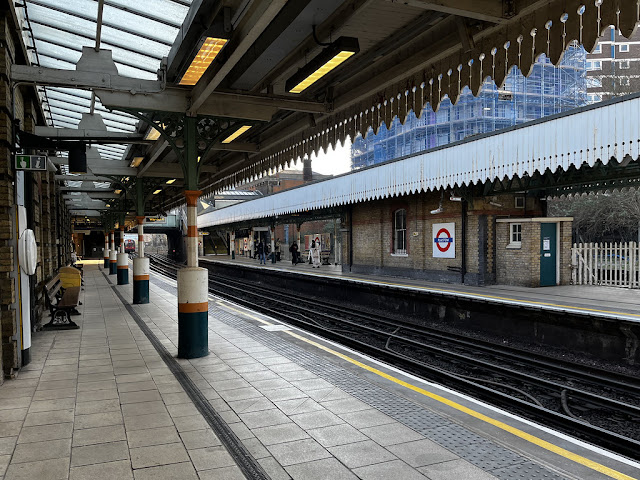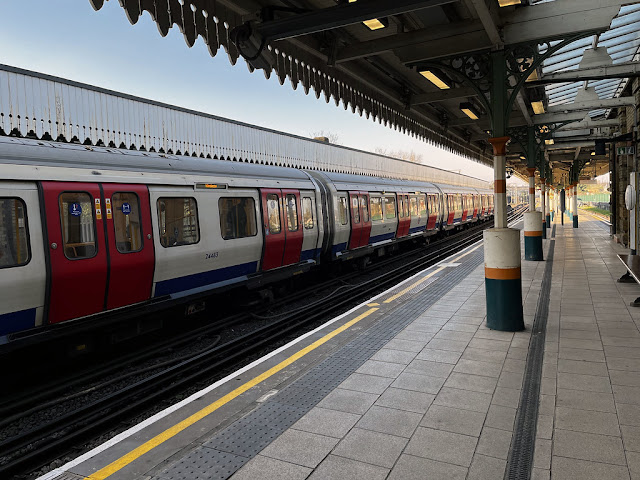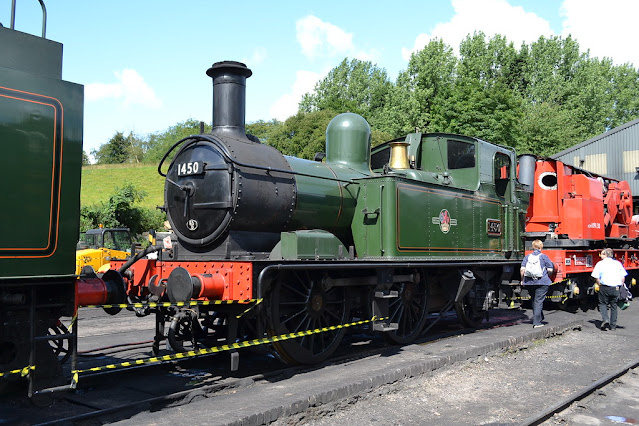Clapham High Street is a stop on the London Overground South London Line between Wandsworth Road and Denmark Hill.
 |
| London Overground 378 151 departs |
| Information |
| Type: |
Transport for London (London Overground
South London Line) |
| Station code: |
CLP |
| Opened: |
1862 |
| Platforms: |
2 |
The station was opened by the London, Chatham & Dover Railway in 1862 as Clapham though it was renamed Clapham & North Stockwell within a year. The London, Brighton & South Coast Railway began using two platforms next to the LCDR ones. The original platforms and station building (though no longer in railway use) survive but the two later built platforms were closed in 1916 and no longer exist.
The line was electrified to 6.6kV AC overhead in 1909 though converted to standard Southern Railway DC third rail in 1928. The station name was changed back to Clapham in 1937 before the final change to Clapham High Street in 1989. The station was taken over by the London Overground in 2012, up until then the station had been managed and served by Southern.
 |
| Station entrance |
 |
| View down the platform, access is via these subways |
 |
| At the station |













































